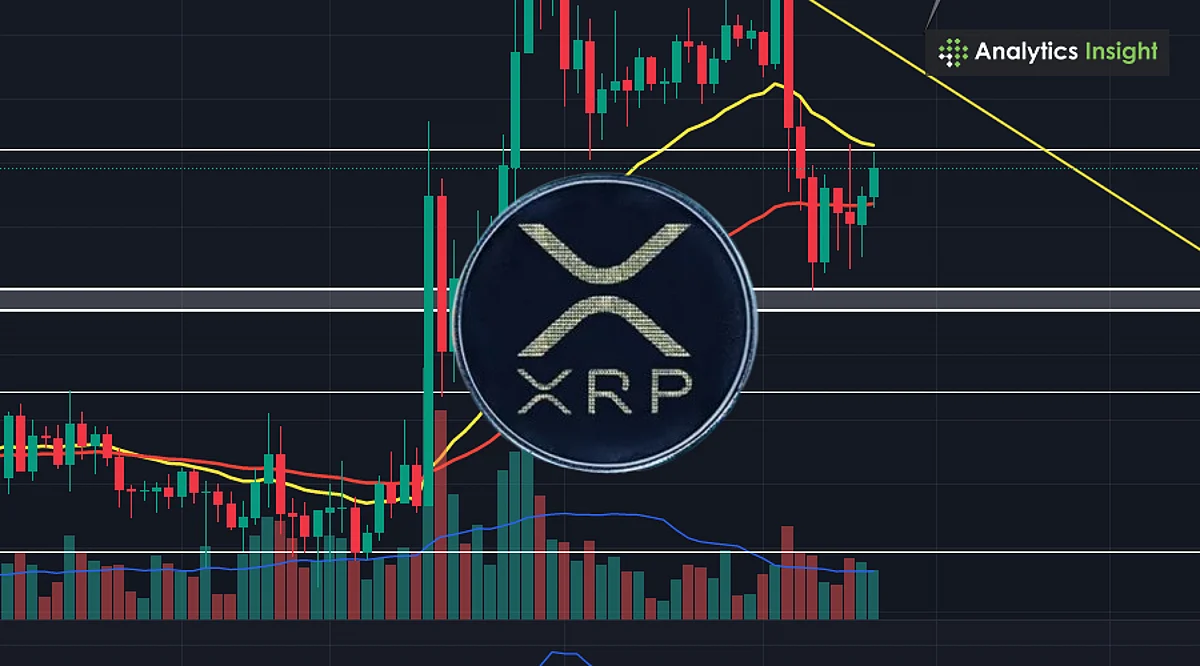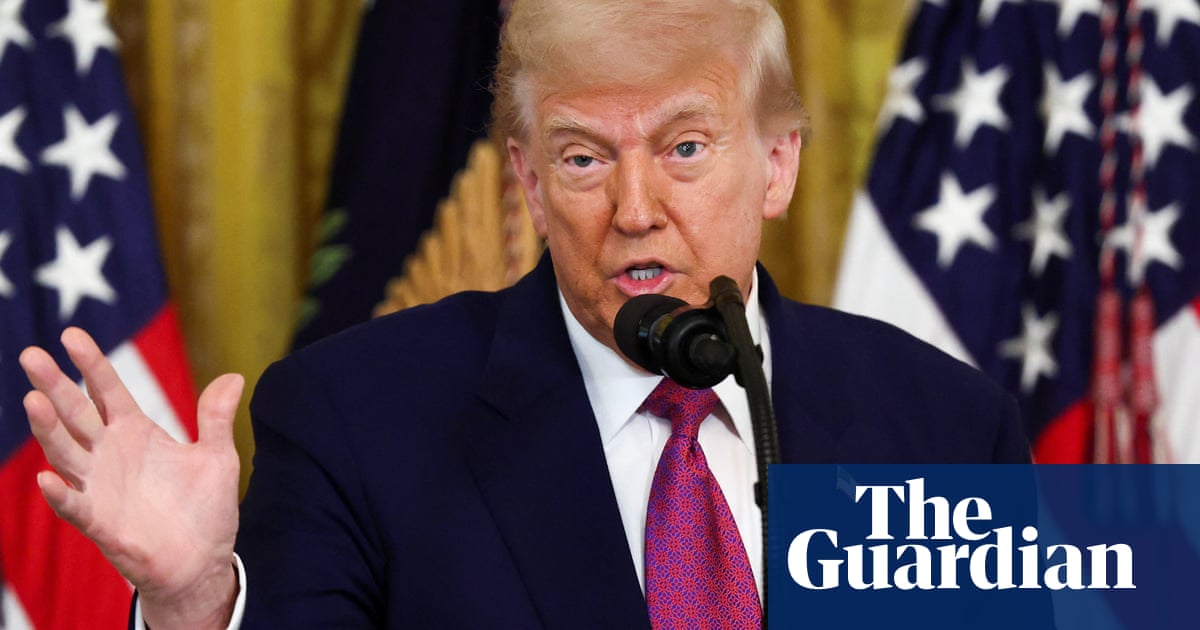XRP Price Surge: Can Global Adoption Drive It to $30?

The price of XRP has surged recently, raising questions about its potential to reach the ambitious target of $30. With whale wallets now holding over 47 billion XRP and an 8% growth noted in just one week, there is a growing sense of institutional confidence surrounding the digital asset. Ripple’s ongoing efforts to secure a national bank charter and its partnership with BNY Mellon for custody of its upcoming stablecoin, RLUSD, indicate a significant shift in its role within global financial settlements.
XRP, the cryptocurrency that powers the Ripple network, is becoming a focal point in discussions about the future of digital assets. Currently priced around $3, the increasing accumulation by large investors suggests a bullish outlook. Analysts are assessing whether XRP can capitalize on this momentum and achieve the $30 milestone, particularly in light of Ripple’s strategic partnerships and developments in the financial sector.
Current Market Dynamics
In the past week, XRP has experienced a remarkable 30% gain, with its 24-hour trading volume exceeding $9.3 billion. The accumulation by whale wallets reflects a stable investment phase, as over 2,700 wallets currently control nearly half of the circulating supply. This trend not only indicates speculation but also a growing perception of XRP as a key asset, particularly in anticipation of regulatory clarity and enhanced infrastructure.
Ripple’s efforts to integrate with traditional finance are underscored by its application for a U.S. national bank charter. If approved, this would allow Ripple direct access to Fedwire, potentially revolutionizing settlement speeds for institutional transactions. Additionally, the partnership with BNY Mellon for the custody of RLUSD could provide financial institutions with a compliant and low-cost method for on-chain settlements, further solidifying XRP’s position in cross-border payments.
Technical Analysis and Future Projections
Traders are focused on a breakout level at $3. A successful breach could lead XRP to rapidly approach $7, possibly followed by a consolidation phase before targeting $12. If the asset can maintain a weekly close above $4, the prospect of reaching the $20-$30 range becomes more plausible.
To achieve the $30 target, XRP must clear three critical milestones: a sustained weekly close above $4, daily trading volume exceeding $8 billion, and an increase in whale holdings to 48 billion XRP or more. Without meeting these benchmarks, XRP may continue to stabilize within the $1.60 to $2.80 range as traders seek faster returns in smaller-cap alternatives.
The transition from speculation to practical application is evident. Ripple’s collaborations with major financial institutions, including Santander and American Express, bolster XRP’s credibility as a financial infrastructure token. The anticipated RLUSD stablecoin, if widely adopted, could offer a rapid and cost-effective solution for on-chain settlements, further enhancing XRP’s utility.
Investor sentiment remains predominantly bullish despite ongoing market volatility and regulatory uncertainties. The combination of XRP’s efficient transaction speeds, low fees, and credible use cases positions it uniquely among leading cryptocurrencies. A favorable outcome in Ripple’s legal and compliance efforts could catalyze further institutional investment, propelling XRP to new heights.
In conclusion, the potential for XRP to reach $30 is increasingly viewed as a tangible goal. With growing whale inflows, solidified banking partnerships, and expanding utility in DeFi and settlement sectors, XRP is on the brink of a significant transformation. Achieving this ambitious target will require overcoming key technical and institutional challenges, but if successful, XRP may emerge as a leader in the next wave of cryptocurrency adoption. Investors and analysts alike are now considering not if XRP will grow, but rather how far it can rise.






